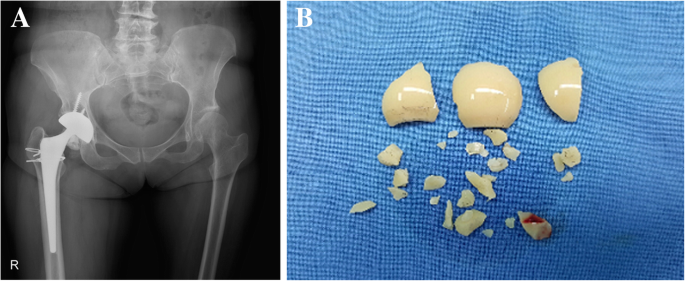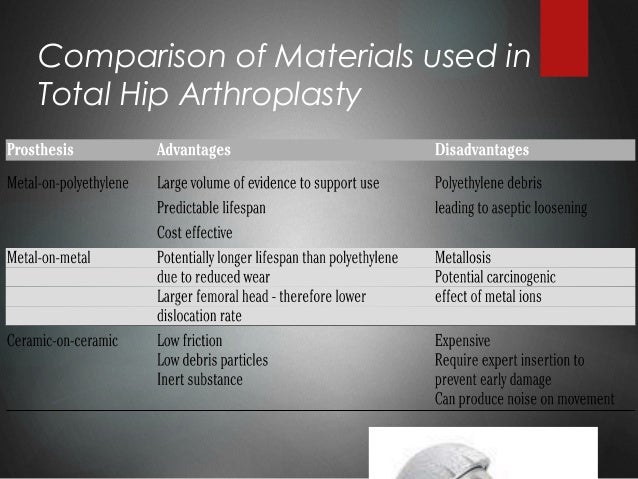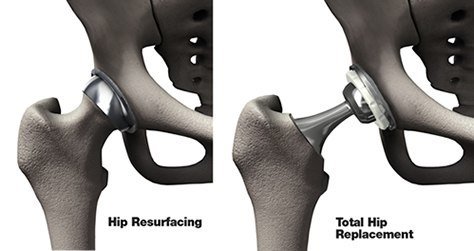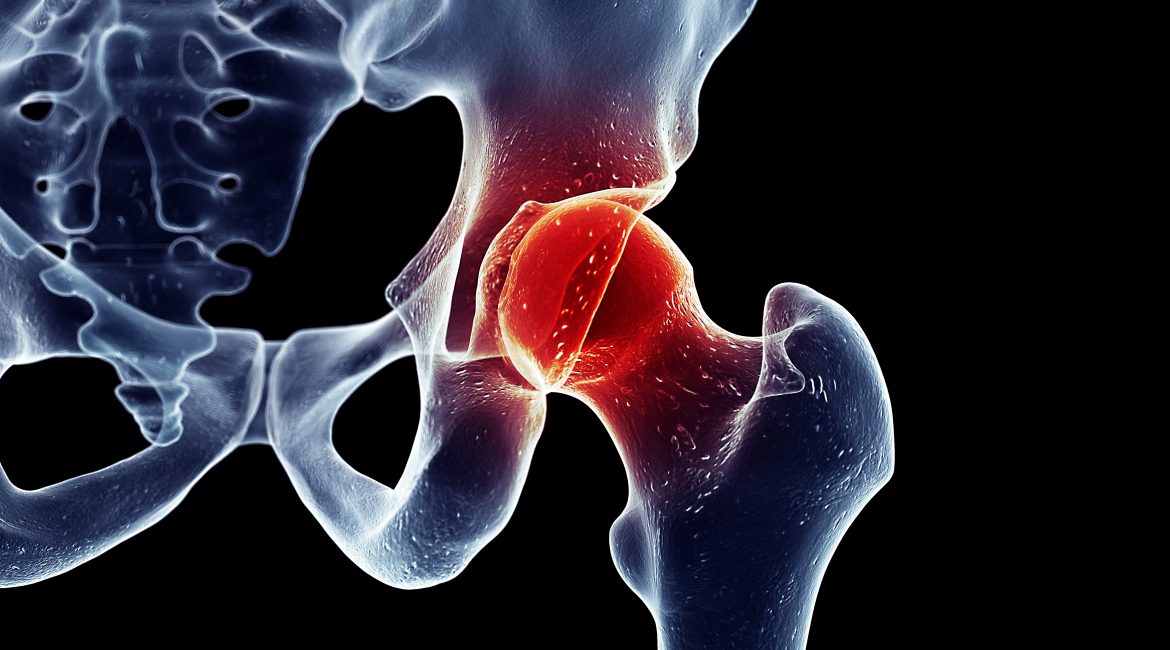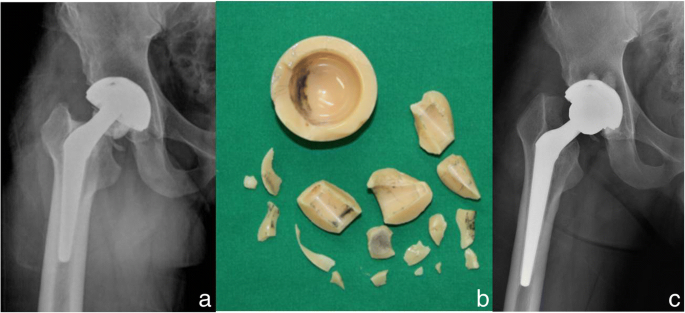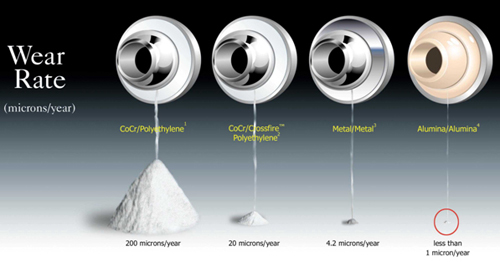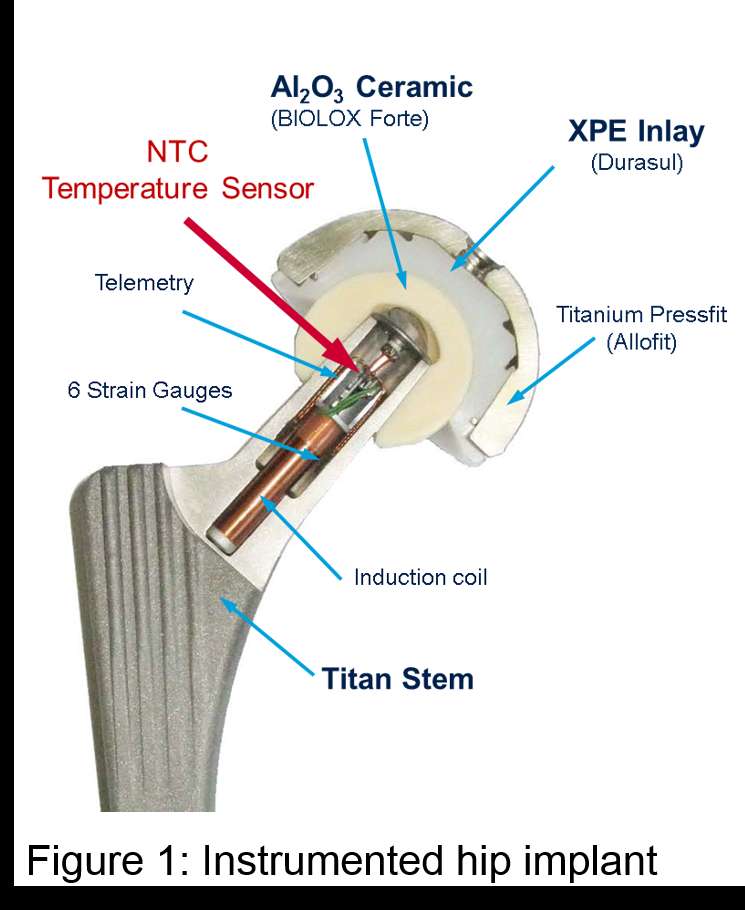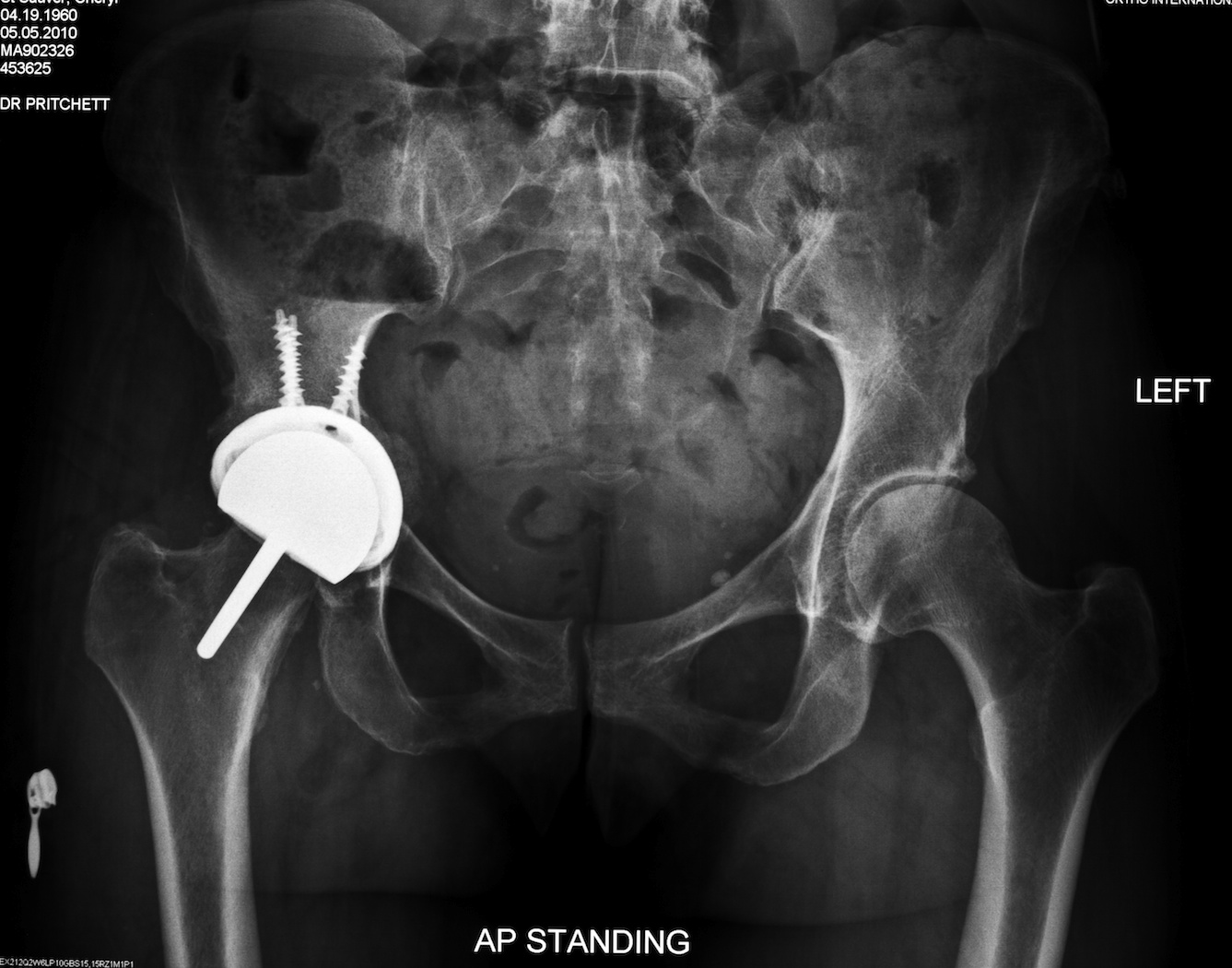Hip revision surgery is a complex procedure and if you have a hip replacement at a young age you may need a revision during your lifetime.
Ceramic on ceramic hip replacement longevity.
Hip replacements eventually wear out.
Ceramic hip replacement surgery requires an experienced surgeon as placement variance by one or two degrees can significantly affect the results of the implant.
Many surgeons today consider them to be an improvement over traditional metal and plastic implants in which the deterioration of plastic can lead to the gradual buildup of debris.
Ceramic hip joint replacement surgery complications.
As total hip replacement becomes more common in younger and more active patients and as patient life expectancies continue to increase the orthopaedic industry has been challenged to extend the life span of total hip replacement components.
A ceramic on ceramic prosthesis creates less friction and a lower wear rate resulting in a longer lasting implant.
Even hip replacements made with special materials designed to last a long time do not last forever.
Ceramic hip implants are among the newer types of prostheses being used for hip replacement offering greater resistance to damage and smooth movement of the joint.
The clinical use of ceramic as a bearing surface dates back to the early 1970s.
Patients understand the risks that metal joints and sockets bring to their long term health and are moving away from the material.
Harwin has been highlighted as one of new york s best surgeons year after year and performs ceramic on ceramic hip.
Ceramic on polyethylene is currently the most popular hip replacement material representing 50 6 of all hip replacement cases back in 2014.






